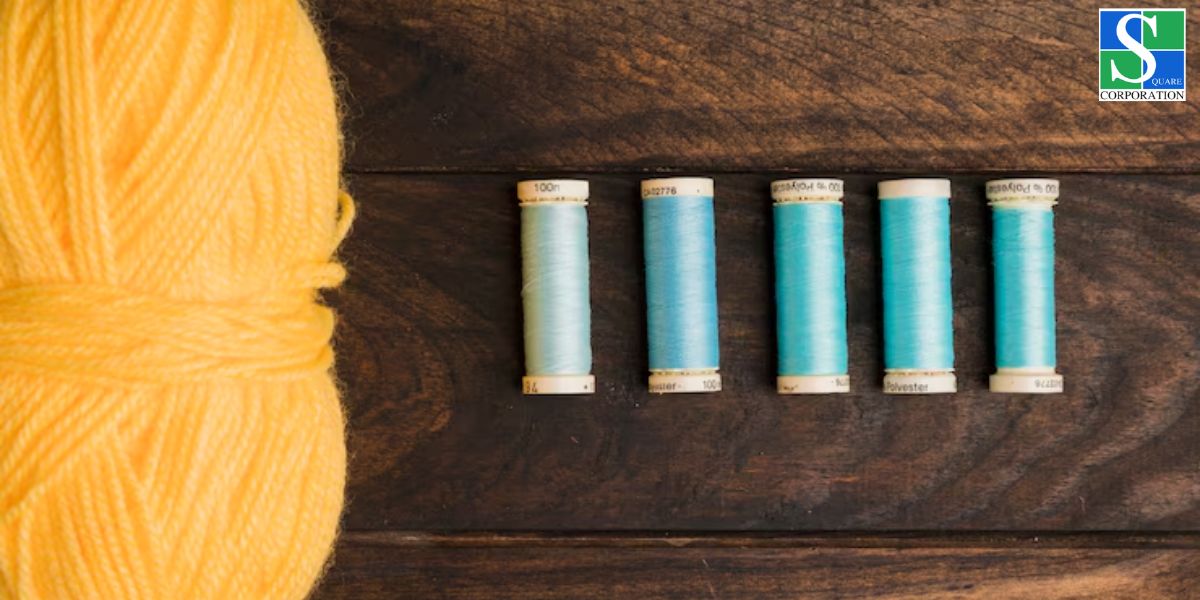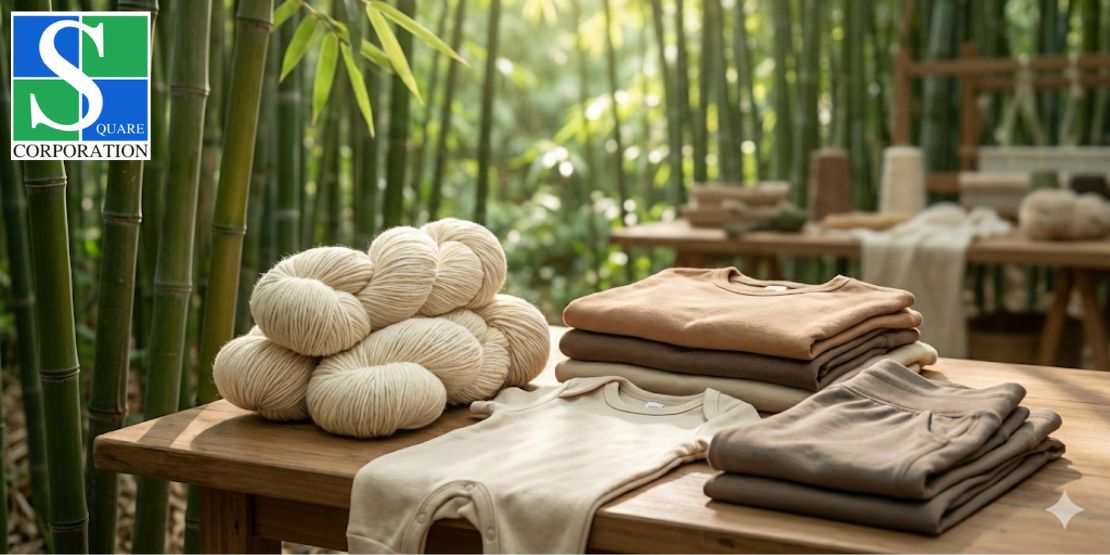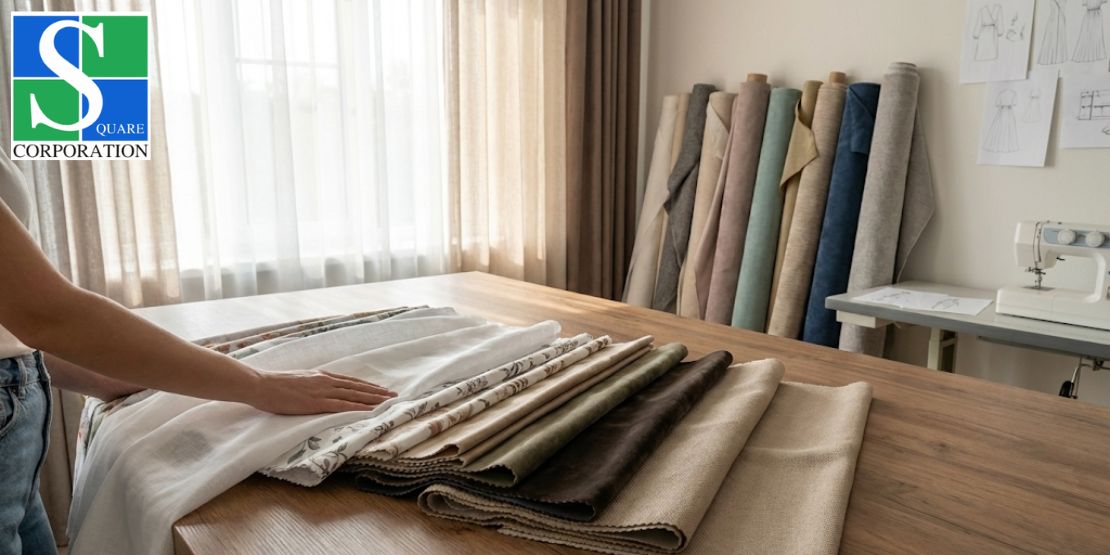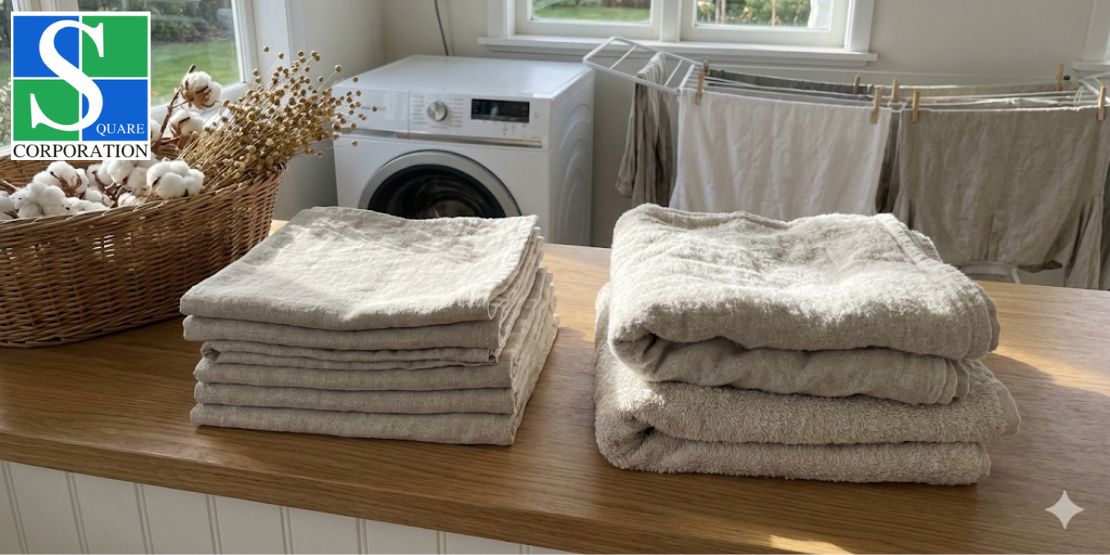25 December, 2025 | by Admin
A Guide to Yarn Counts and What They Mean for Fabric Quality
25 April, 2025 | by Admin
In the knitting industry, every aspect counts for exceptional end products. However, many people do not pay attention to such vital details as yarn count. While many garment makers are keen on defining fabric grams per square meter (GSM), they do not consider the impact of yarn count. This imposes a critical need for cotton yarn traders to be well versed with this detail and accord it the importance it deserves. To succeed in the business, one needs to master yarn count.
But what is this yarn count? Yarn is produced by twisting strands of fibers together in spinning, yielding continuous lengths of interlocked fibers. These yarns are used to knit into fabrics. Yarn count represents the fineness or coarseness of the material, a measure of thickness. It describes the relationship between the length and weight of the yarn, being mass per unit length or length per unit mass.
If you wonder why they are so critical for fabric quality, then touching our article will let you understand that in depth. We will help you grasp what yarn count exactly means in the context of fabric quality. Let’s therefore begin the topic.
Role of Yarn Counts for Fabric Quality
Knowledge of yarn count is important to those in garment manufacturing, fashion design, or who are concerned with fabric quality. Yarn count directly affects the feel, drape, strength, and appearance of a fabric. Knowledge of textile numbering systems is important to textile work even though it may seem complicated at first.
Softness and fitness
Increased yarn numbers, such as Ne 40 and Nm 60, typically signify the manufacture of finer and softer fabrics. Designers and manufacturers frequently use these gorgeous fabrics in quality dress shirts, high-end bedding, and dainty, light textiles to add a touch of luxury and elegance to any fashion or home ensemble. The elevated yarn count not only contributes to the overall sense of touch but also contributes to a refined appearance, making these fabrics highly sought after in the fashion and interior design markets. The fabric manufacturers in India must be fully cognizant of the role that yarn counts play in determining fabric quality in order to produce the finest-finished products.
The tread density
More thread counts are possible with finer yarns, and this results in a fabric that is smooth to the touch and sumptuous. Skilled weavers achieve the luxurious smoothness by intricately weaving fine yarns together tightly, creating a rich tapestry that feels exceptionally soft to the touch.
Strength and toughness
Lower thread counts, from Ne 10 to 20, yield fabrics that are not only heavier but also much stronger. The dense textures of such high-count threads are apt for heavy-duty use, and are the best choice for denim, work wear, canvas, and upholstery, where strength and resistance are the most important factors. Cotton yarn traders must know the yarn count and obtain the best product for their trade.
Comfort and breathability
Tighter fibers enable the creation of more tightly knitted fabrics that offer much better airflow, resulting in lightweight and breathable textiles. This is a key property for summer clothing, sleepwear, and high-performance sports apparel, ensuring they also provide freedom of movement as well as excellent moisture management in warm and humid conditions.
Yarn count is not just a number; it is a crucial variable in dictating the appearance, texture, and performance of a fabric. With the proper yarn count choice for its specific application, textile manufacturers and designers are able to produce fabrics that excel both functionally and aesthetically.
Related Posts
20 December, 2025 | by Admin
Why Bamboo Yarn Is the Next Big Trend in Eco Garments...
15 December, 2025 | by Admin







